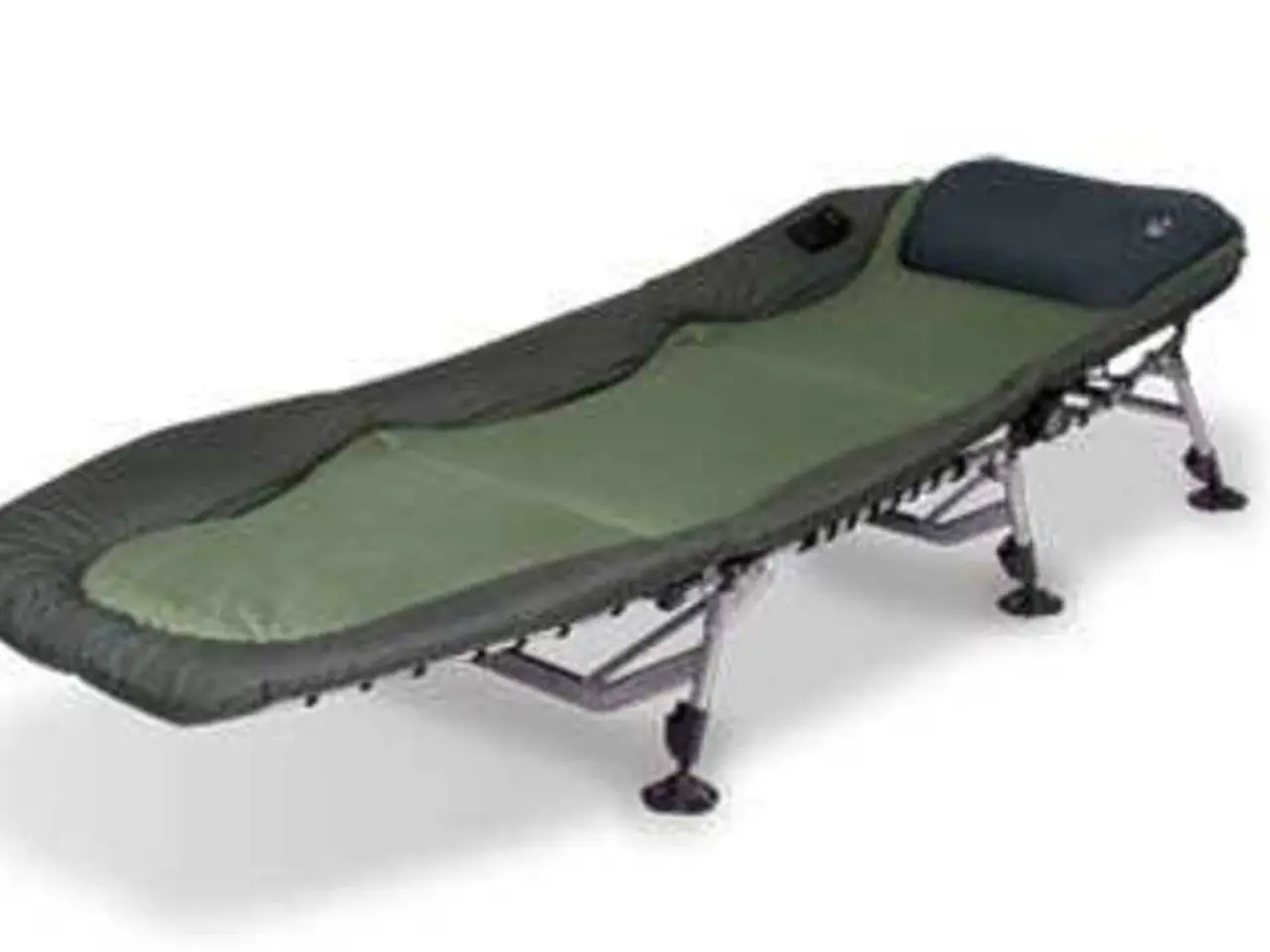Most effective exercises for alleviating hip stiffness
In a sedentary lifestyle, hip tightness can become a common issue due to shortened hip flexors. To combat this, regular exercise, a good-quality mattress, and mindful movements throughout the day can help. Here's a comprehensive guide to hip mobility exercises and stretches that can alleviate tight hips and reduce the risk of hip injuries.
**Hip Mobility Exercises**
1. Runner's Lunge (Hip Flexor Stretch): Begin in a plank position on hands and toes. Step one foot forward beside the same-side hand, lift the torso, and feel a stretch in the front of the hip. Hold for a few seconds, then return to plank and switch sides. Add a twist by reaching the arm on the same side as the front leg up and twisting the upper body for a deeper stretch.
2. Glute Bridges: Lie on your back with knees bent and feet flat on the floor. Push through your heels to lift hips upward until your body forms a straight line from shoulders to knees. Squeeze glutes at the top, then lower slowly and repeat 10-15 times.
3. Straddle Kicks: Lie on your back and lift feet off the ground. Make a “V” shape with your legs by kicking them outward. Slowly bring legs back together. For more intensity, go as deep into the straddle as possible and pulse gently.
4. Side Leg Raises: Lie on your side with legs straight. Lift the top leg slowly upward and lower back down. Repeat to strengthen hip abductors and improve lateral mobility.
**Hip Stretches**
1. Supine Butterfly Stretch: Lie on your back with knees bent and feet together. Let knees fall open toward the floor. Keep a neutral spine without arching your lower back. Hold for 40-60 seconds to stretch inner thighs and open hips.
2. Figure 4 Stretch: Lie on your back with knees bent. Place one ankle over the opposite thigh like a figure 4. Pull the opposite thigh gently toward your chest. Maintain a neutral spine and hold for 40-60 seconds on each side.
3. Hip Flexor Stretch (Lunge Position): Kneel on one knee with the opposite foot forward and bent at 90 degrees. Maintain upright posture and gently shift hips forward. You should feel a stretch in the front of the kneeling hip. Hold for 30 seconds and repeat on the other side.
4. Butterfly Stretch (Seated): Sit on the floor with soles of feet together and knees out to sides. Hold feet with hands and gently press knees toward the floor. Maintain an upright spine and hold for 30-60 seconds.
**Tips for Performing These Exercises and Stretches**
- Always start with a gentle warm-up like walking or light movement. - Focus on controlled movements rather than forcing range of motion. - Maintain neutral spine posture to avoid lower back strain. - Hold static stretches for 30-60 seconds to allow muscles to relax. - Repeat strengthening exercises 10-15 times with proper form. - Perform these exercises regularly (daily or several times per week) for best results. - If any movement causes pain (not just stretch discomfort), stop and consult a professional.
Incorporating these exercises and stretches can significantly improve hip mobility, reduce tightness, and alleviate discomfort commonly caused by prolonged sitting or inactivity. Other home treatments, such as heating pads, may also effectively ease hip tightness.
In the first 72 hours following an injury, use ice to reduce swelling and inflammation. If you experience severe or persistent hip pain, seek medical attention to diagnose the underlying cause and get appropriate treatment. It's also advisable to seek guidance and help from a physical therapist or personal trainer if necessary. Applying heat to muscles can reduce muscle tension, improve blood flow, and reduce pain, but should not be used on a recent injury as it can worsen inflammation. A good-quality, comfortable mattress, such as a foam or latex mattress, may help prevent or alleviate hip pain. Regular exercise can increase mobility and reduce the risk of hip injuries. Combat inactivity by moving around frequently and warming up stiff muscles, aiming to get up and move around for a few minutes every hour.
- Incorporating exercises like the Runner's Lunge (Hip Flexor Stretch), Glute Bridges, Straddle Kicks, and Side Leg Raises can aid in enhancing hip mobility.
- The Supine Butterfly Stretch, Figure 4 Stretch, Hip Flexor Stretch (Lunge Position), and Butterfly Stretch (Seated) help effectively alleviate hip tightness and open the hips.
- Prior to performing these exercises and stretches, it's recommended to start with a gentle warm-up and focus on controlled movements for best results.
- Maintaining a neutral spine posture and not forcing ranges of motion helps avoid lower back strain, while static stretches should be held for 30-60 seconds to allow muscles to relax.
- To relieve muscle tension and reduce pain, applying heat may be effective, but it should not be used on a recent injury as it can worsen inflammation.
- A good-quality, comfortable mattress, such as a foam or latex mattress, may help prevent or alleviate hip pain due to a sedentary lifestyle.
- Staying active through regular exercise, moving around frequently, and warming up stiff muscles reduces the risk of hip injuries and complements these exercises and stretches.
- Consult a professional for guidance, especially if any movement causes pain, and consider seeking advice from a physical therapist or personal trainer when necessary for a comprehensive health-and-wellness roadmap, which may also incorporate fitness-and-exercise routines, and even predictive science to anticipate potential health issues like Alzheimer's, NSCLC cancer, multiple sclerosis, psoriatic arthritis, ankylosing spondylitis, or depression.




